ReviewThe making of a watch legend: The Rado DiaStar
Rado's legendary DiaStar decoded
May We Recommend
The first time I laid my eyes on the Rado DiaStar was in December 2015 when I was a newbie at The Watch Guide. To be honest, I didn’t even give it a second glance then, for I was enamoured by the charm of other ‘luxury’ watches. Over time when I actually understood the depths and milestones of the watch making world (I am still learning) that is when it hit me. A classic watch isn’t just a metaphor. It’s about how a watch came, saw and conquered, and the Rado DiaStar or Rado Original (as it is popularly known) is a testimony to it. Read along to find out how this unconventional looking watch changed the standards involved in watchmaking and why it still remains a favourite amongst traditional watch enthusiasts.
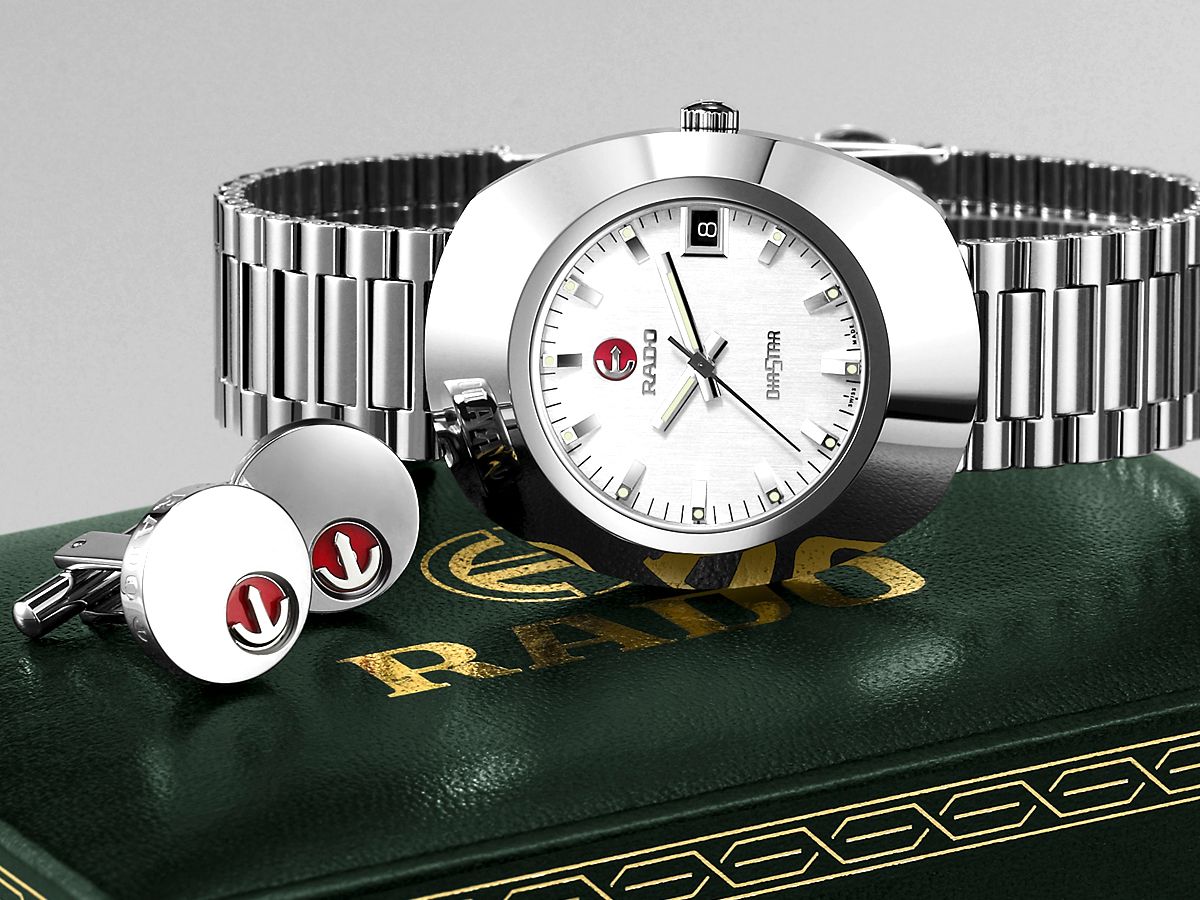
View the entire Rado DiaStar collection
54 years of scratch-proof watches
This memorable vintage Rado watch made its first appearance in 1962 and was definitely their claim to fame. The unconventional looking bulky watch with an oblong case, framed in a round dial and shielded with metal (which guards the face of the watch) became a widely recognised face with a revolutionary feature – scratchproof-ness. Based on the idea of making a watch that could tolerate all kinds of extremities, the case was crafted of an unusual material that was used in watchmaking for the first time: tungsten carbide.
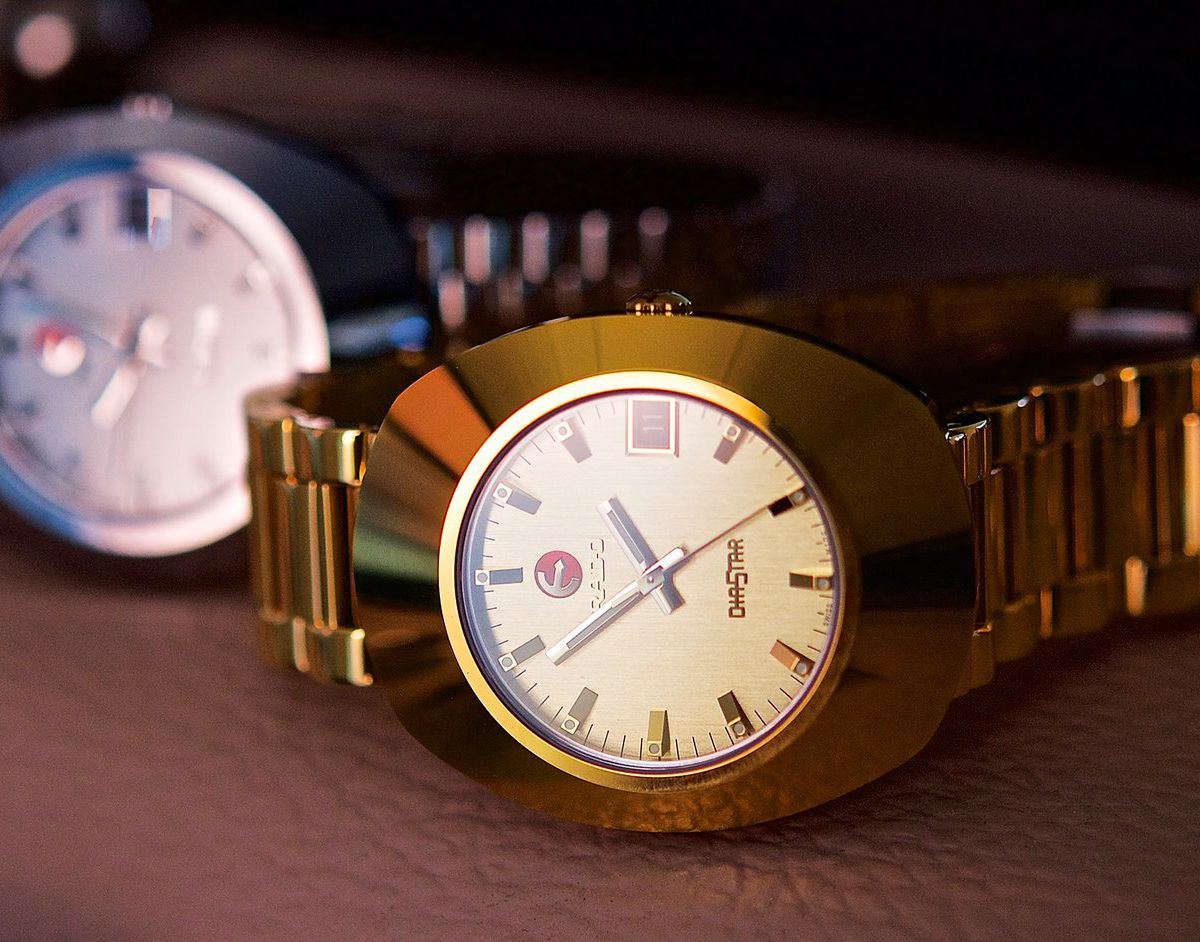
View the entire Rado DiaStar collection
Now Rado has always had an association with metals and metallurgy and in order to get a better understanding of it let’s go back in time…
Rado’s history
Started as a clockwork factory in 1917, in Switzerland by three brothers—Fritz, Ernst and Werner Schlup and named Schlup & Co. and after exactly 40 years since its inception, the company changed its name to Rado Uhren AG and presented to the world its first watch collection – the iconic Golden Horse collection.
The birth of a star
Rado was dedicated to present the world with a timepiece that was ahead of its time and was resistant to scratches caused by everyday use. And then in 1962 came the breakthrough watch – Rado DiaStar, which used Hardmetal (made from tungsten carbide), one of the strongest materials existent, that is in fact, more resistant than precious metals like gold, steel and platinum.

View the entire Rado DiaStar collection
Making of the Hardmetal
It is said that Rado was the first manufacturer to ever create its own metallurgy department so it isn’t really surprising that they made this invention! Hardmetal is made out of tungsten carbide powder which in itself is a strenuous process. The powdered tungsten carbide is pressed in a vacuum furnace at a pressure of approximately 1000 atmospheres. This process which is called as sintering, fuses the particles together.
The resultant is the Hardmetal which Rado was able to advertise as the world’s first scratchproof watch. The most recognizable watch of the DiaStar lot is gold in colour. The best part about the DiaStar is that you can recognize the watches instantly – because of the typical design. Interestingly, the DiaStar also happens to be the very first timepiece featuring a sapphire glass to guard the dial.
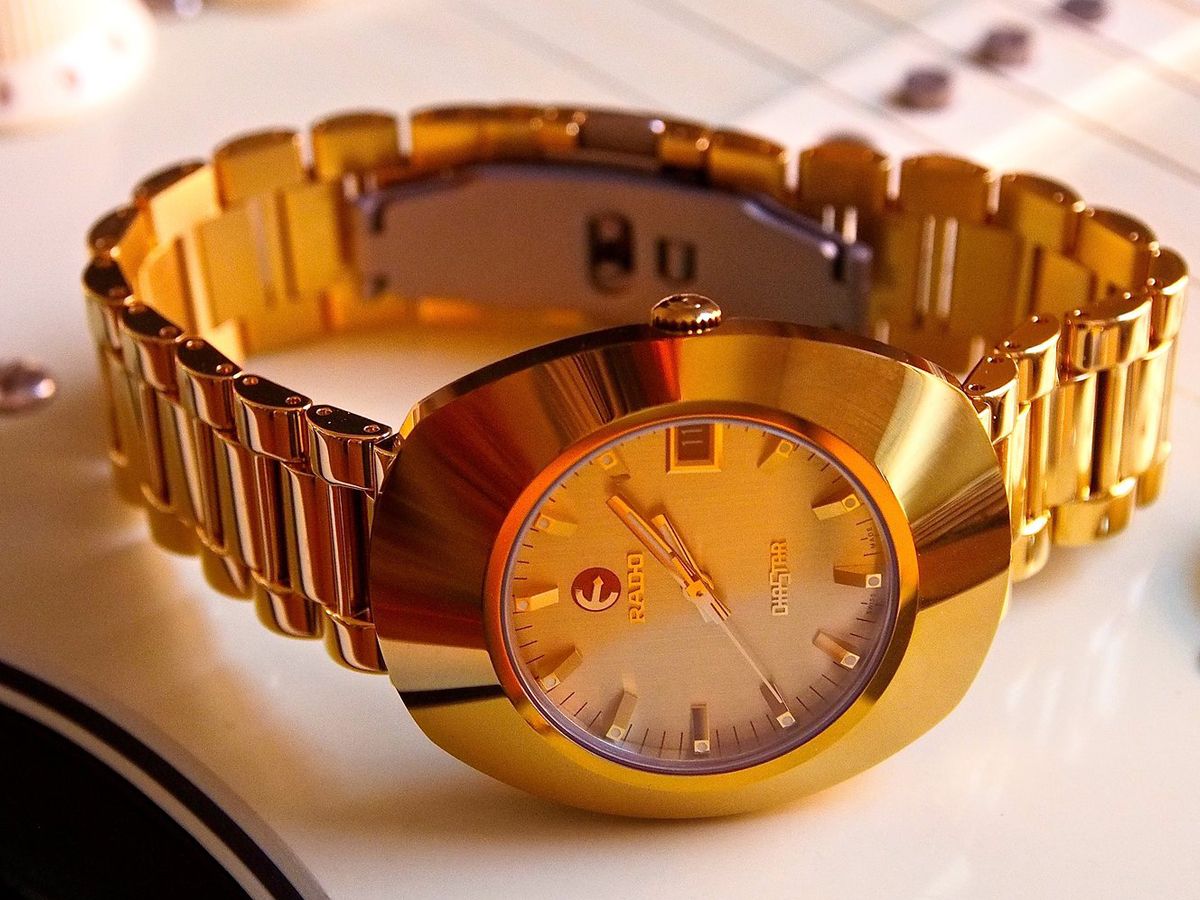
View the entire Rado DiaStar collection
Why we love the DiaStar
The DiaStar in all its originality is a must for every watch appreciator. Gleaming of a charm from the ’60s, the DiaStar still, to this day and age, is irresistible which is probably why the company still makes it! The watch is available in over 20 models with both quartz and mechanical variations. Original in every way, the watch stands out because of its innovative materials. The DiaStar brought about a refreshing change from the typical designs of round cases. Let me remind you that the watch made an appearance at a time when the Submariner and other sports watches were gaining popularity. The unique design, combined with the accessible pricing made the watch a legend.
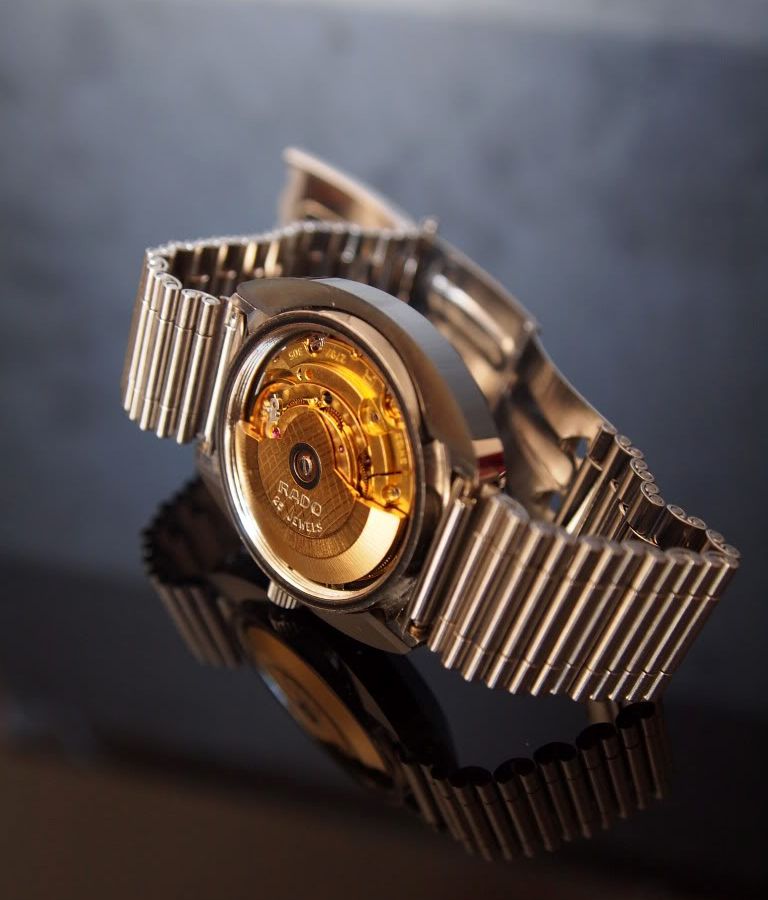
View the entire Rado DiaStar collection
Rado has been continuously involved in innovation of materials since 1962, and it continues to lead the industry with high-tech materials like the HyperChrome, found in many of its modern timepieces like the Rado Hyperchrome Automatic Chronograph. Representing a 54-year-old legacy, the DiaStar has carved a niche for itself in watchmaking history. Our advice- add this rare timepiece to your collection while you can.
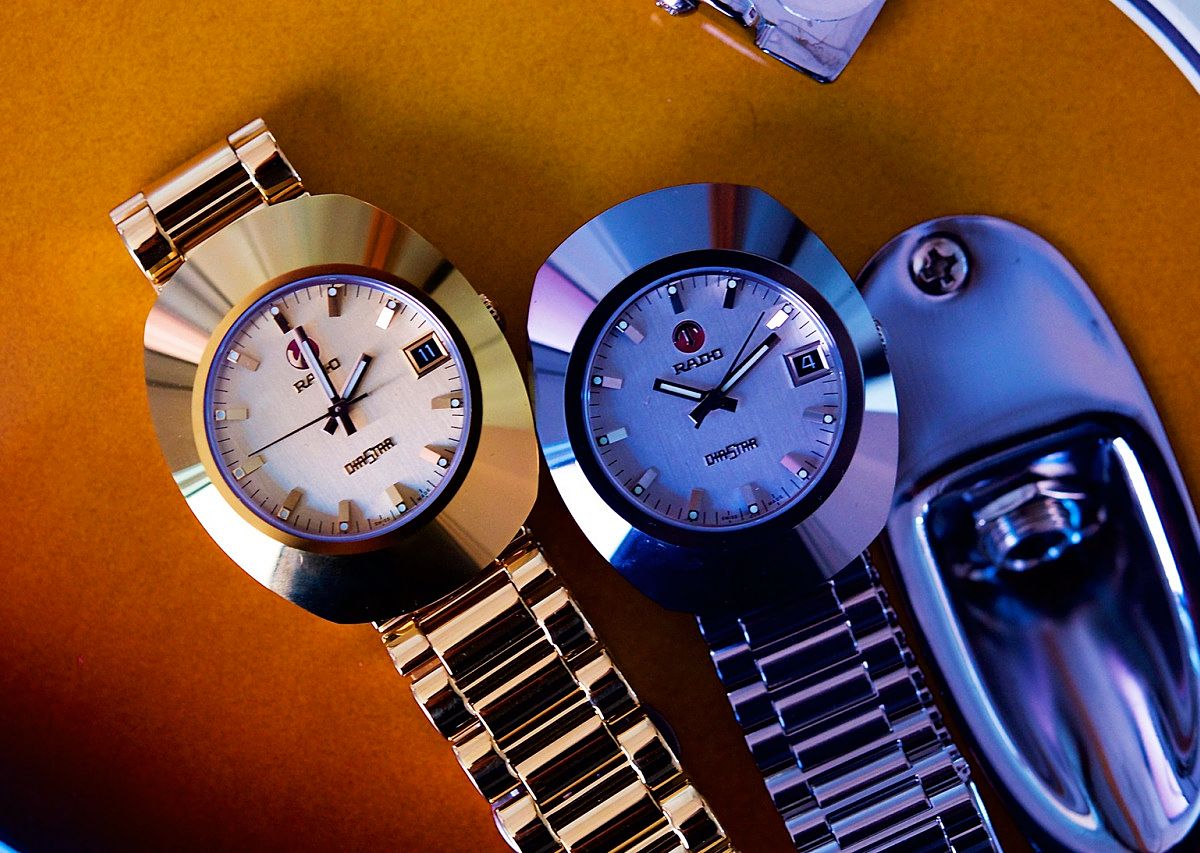
View the entire Rado DiaStar collection
Which iconic timepieces, like the DiaStar, intrigue you? Let us know in the comments section below!
(Images: Hodinkee)






